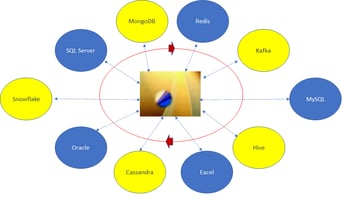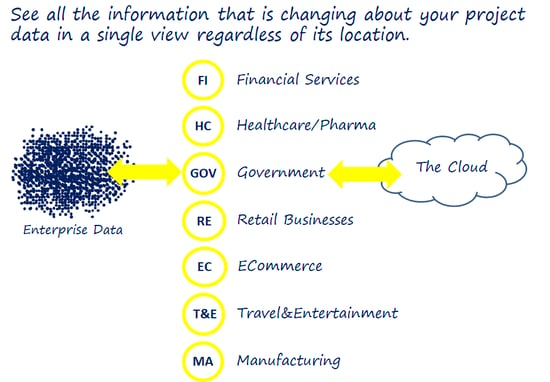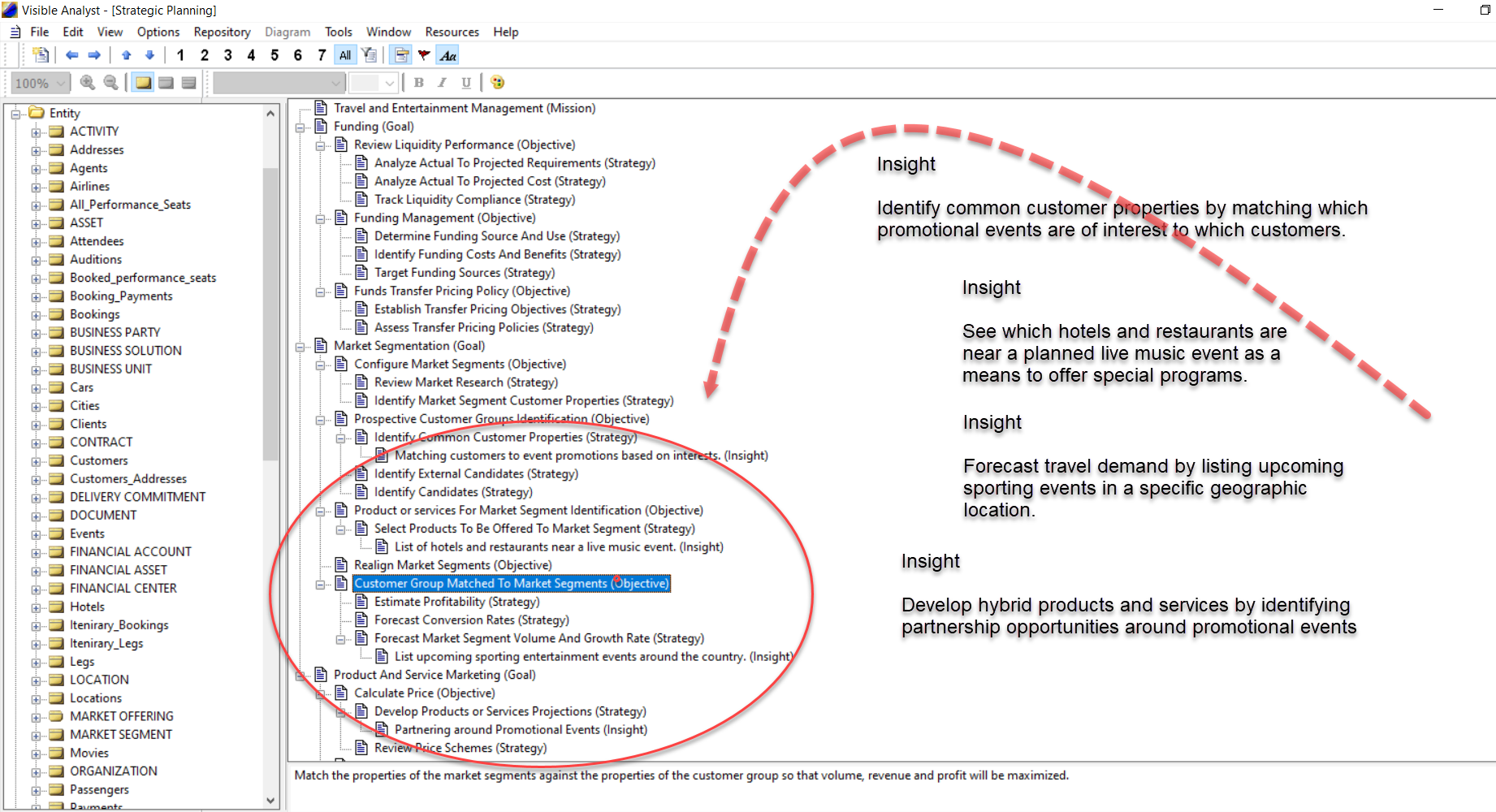
Data Federation and Collaboration
Understand the impact of change on your project.
Leverage industry templates to level-set your project goals and objectives - saving time and money.
Easily cross-reference project data stored in spreadsheets, applications, and external systems.
Know your project cost and benefits by measuring business outcomes around KPIs.
Work fluidly with your team to speed up collaboration and communication.
Gain insights to inform your strategy and better manage your project.
 The image above is taken from a presentation entitled "Re-strategize Your Business Planning to Prevail the Pandemic" sponsored by SCORE and given by George Slook President, Meta Focus Inc.
The image above is taken from a presentation entitled "Re-strategize Your Business Planning to Prevail the Pandemic" sponsored by SCORE and given by George Slook President, Meta Focus Inc.
Step 1
Define your goals, objectives, and strategy.
For Project Goals, be sure to follow the SMART methodology.
Project goals can be described as outcome statements that define what an organization is trying to accomplish both programmatically and organizationally.
-
Specific
-
Measurable
-
Attainable
-
Relevant
-
Time-bound
- Choose objectives based on your strategy.
- Consider all four “perspectives” when creating strategic objectives.
- Follow the “Verb + Adjective + Noun” format.
- Create “strategic objective statements” that clarify intent.
Step 2
Connect your strategy to the appropriate data.
This is your chance to bring data into focus.
- Discover data.
- Relate data to your strategy.
- Catalog data for reuse.
Pull in data from spreadsheets, legacy systems, newly developed applications and private or public networks whether they be on-premise or cloud-based data sources. Using pre-built connectors, visualize data models to see data relationships and classifications so you know what, where and how to connect the appropriate data to your business strategy.
Here is a partial list of type of data sources you can connect to:
- MS Excel, MS Word, Google Sheets, Google Docs
- Snowflake, Redshift, Teradata
- ORACLE, MySQL, SQL Server, DB2, SAP and
- Hive, Cassandra, MongoDB, PostgesSQL, Kafka

Step 3
Derive insights to inform your strategy.
Get powerful context-based insights to inform your strategy.
-
Query fast and often - run interactive queries.
- know "what to ask first" and "what to ask next"
-
Drill down - using iterative search capabilities.
- reach a point where you can easily make decisions.
-
Trust the data using the rules derived from your business.
-
analyze data within the context of your strategy.
-
- Derive insights through data discovery.
- discover data beyond the well-prescribed data typically found inside of your organization.
Step 4
Easily share and discuss Project insights.
Enable your team to collectively make more informed decisions.
FAIR Benefits from democratizing your project.
- Findable
- Accessible
- Interoperable
- Reusable
Yield more knowledge about your insights.
- Who generated or collected the data?
- How was it processes if at all?
- Has it been published before?
- Does it contain data from another source?

Getting started is free and easy...😊 using our industry templates.
![]()
![]()
![]()
![]()
![]()
![]()
Insurance SupplyChain Retail Manufacture Travel COVID
![]()
![]()
![]()
![]()
![]()
Pharma Healthcare Finance Entertainment eCommerce
Benefits of using industry project templates
-
Project transparency and reusability
-
Recompose business models and reuse these in future projects.
-
Use common vocabularies, ontologies and glossaries.
-
Discover data within the proper context.
-
Reuse industry template definitions across future projects.

Platform Architecture
Visible Systems Advantage Platform and Starburst Galaxy
- Physical data stays where it is stored - separating storage from processing.
- High speed query, in-memory processing.
- Maximum performance by minimizing data movement.
- High-level mapping algorithms to a wide range of physical data sources.
Note: Netflix, Verizon, FINRA, AirBnB, Comcast, Yahoo, and Lyft are powering some of the biggest analytic projects in the world with Trino
